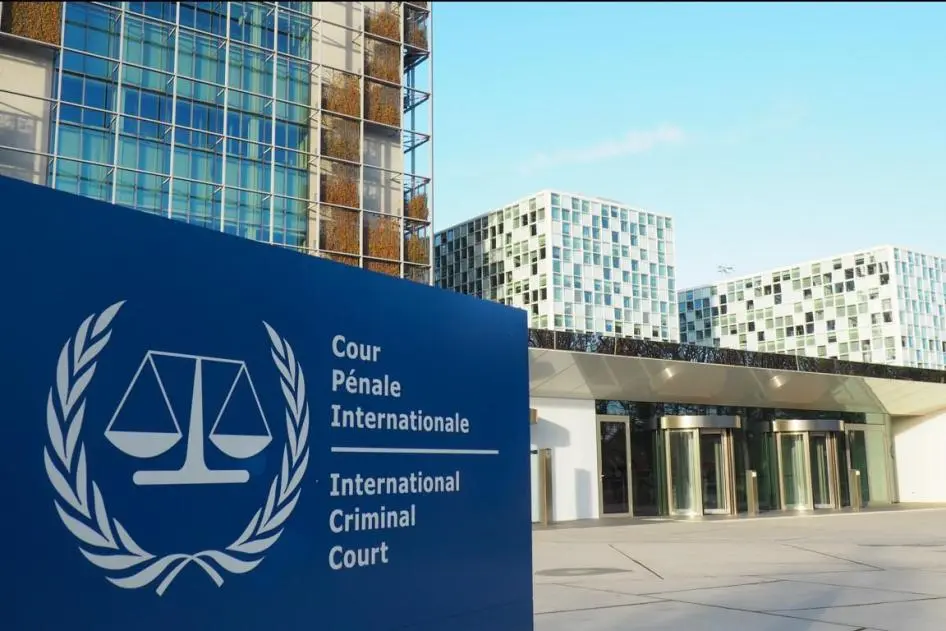For the last three weeks, social media users online have attempted to raise awareness on the atrocities in Gaza by sharing chilling scenes of corpses, dead children and mass grief.
Activists worldwide have rallied to protest against mounting injustice in Gaza, where a devastating Israeli war has killed more than 8,306 Palestinians and caused an unprecedented humanitarian catastrophe.
The global movement has been widely triggered by shocking footage that has emerged across social media platforms, however such constant consumption of gruesome scenes have also led many to point to a feeling of helplessness in the face of mass injustice.
For the last three weeks, Majd Haikal, a Palestinian living in Qatar, has been heavily involved in raising awareness about the unfolding catastrophe online, regularly reposting clips from reporters on the ground.
Much of these posts include chilling scenes of corpses being pulled out from the rubble, dead children and babies, as well as surviving families grieving the loss of their loved ones.
“I had recently reached a breaking point where I could no longer watch or listen to anything on that matter. I physically and mentally could not anymore. I stopped watching the news,” Haikal told Doha News.
“ I deleted the apps where I got my updates from. I unfollowed all the news pages, and, you know, naturally, I stopped posting and talking as frequently about it because I was no longer exposed to the news,” Haikal added.
Reaching breaking point, Haikal said the one to two-day pause pushed her back into activating her attention on the events in the Gaza Strip.
“I had no idea what was going on anymore, but this only lasted for a day or two at most. And then I forced myself to follow up with the news again because I could not be ignoring it for any longer,” the local activist told Doha News.
Speaking on the constant monitoring of attacks, Haikal said witnessing innocent people, particularly children, die silently and horrifyingly is incredibly distressing and indescribable.
“Definitely the constant monitoring of these attacks has negatively impacted me. And I know it has negatively impacted anyone with a heart and a conscience and seeing innocent people die every day, especially kids die every day,” she added.
“And in this horrific way, silently is something that breaks your heart is something the words cannot explain.”
Medical and physical tips
Dr. Abeer Eissa, a Consultant Psychiatrist at Qatar’s Al Ahli Hospital said burnout is a common effect of such heavy work but individuals must “reframe their mindsets” in order to be sustainable to their cause.
“Reframe your mindset. Consider the role you’re burned out from and remind yourself why you started. Maintain your social life, keep connecting with your close people, and set boundaries between your work and other life domains,” Dr Eissa told Doha News.
She warned that activists who fail to address their burnout, can find themselves losing their support of the cause involuntarily.
“Activism burnout is a pervasive exhaustion, impacting both physical and emotional wellbeing. This burnout leads to overwhelming fatigue and a declining interest in the activist’s pursuits, and loss of interest in work,” Eissa said.
Dr Eissa said it is important for all those taking part in the global movement to also engage with stress-relieving activities and seek mental health support when things get heavy.
“Don’t dismiss the power of small acts. Reach out, show solidarity. After all, every small step leads to a larger journey,” she added.
Palestinian-American writer and poet Hala Alyan, who is also a clinical psychologist, shared similar advice on her social media accounts to provide guidance for those ingesting horrifying scenes from Israel’s war on Gaza.
Alyan’s advice fixated on physical techniques to reset one’s nervous system in times of stress.
“Hum low and deep into your chest for one minute. You may place a hand on your chest, allowing your breathing to return to it’s natural rhythm,” the Palestinian-American posted on Instagram.
“Interlace your fingers and cradle the base of your skull. Learn your head back, keeping your head steady. Move your eyes to the right, hold for fifteen seconds. Move your eyes to the left hold for fifteen seconds,” Alyan’s carousel of posts highlighted.







